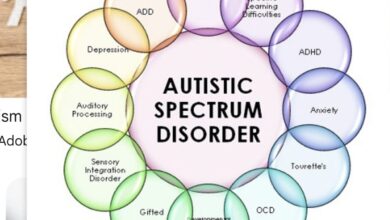DIRECT-TO-CONSUMER DRUG ADVERTISING

From the day it began, I have been annoyed by, and disagreed with, the use of direct-to-consumer advertising of prescription drugs. It’s simply wrong to try to create a demand for a product when none exists. It’s simply wrong to tell consumers to ask their doctor to prescribe drug XYZ for a disease they know nothing about and may not have. It’s simply wrong to imply that disease XYZ is so common one needs to remember the name of the drug and ask your doctor about it.
According to information in an article in The Journal of the American Medical Association, JAMA, the only countries to allow direct-to-consumer (D-T-C) advertising for prescription drugs are the U.S. and New Zealand. The purpose is, as I said above, to get patients to ask their doctor to prescribe it for them. Mr. Smith may not have non-small cell lung cancer, but if he ever does, he knows he should ask his doctor to prescribe drug X47DC! He remembers the catchy tune in the ad and the phrase used to describe it.
D-T-C advertising has had significant economic and societal impacts. Spending on prescription drug ads has grown from $1.3 billion in 1997 to $6 billion in 2016! That’s a lot of money and is an expense that is recaptured when the price consumers pay for the drug is determined. Advertising affects the doctor-patient relationship because when he/she tells the patient there may be better options, the doctor is contradicting what the patient has heard from the ads and believes he needs.
Some drugs are advertised often; in some cases too often! Others are prescribed for rare diseases that most doctors have barely heard of let alone ever seen. I’ve seen TV ads for a rare degenerative brain disorder that make it sound like it’s a common disease when it may affect fewer than 2000 people nationwide. Why spend millions promoting a drug few people will ever take? Instead, as was done for many decades, pharmaceutical representatives should be telling doctors likely to prescribe the drug about it. After all, the doctor is the only person who can legally prescribe it. He’s the one who should know about it.
Ads for drugs that treat psoriasis, diabetes, or asthma make sense because millions of patients have those disorders. Knowing about new drugs to treat those diseases is good for patients, but the cost of advertising is still passed on in the cost of the prescription to the consumer. Patients should know, however, the new drug they see advertised may not be right for them. It may have an effect that could harm them. This is the kind of information the doctor will know about so he/she should be the target of advertising.
An interesting study done by John’s Hopkins School of Public Health showed that of the 134 most-often prescribed drugs, nearly 15% more was spent on advertising drugs that had little clinical benefit over other less expensive drugs. “Among top selling US drugs in 2020, a rating of lower added benefit and higher total drug sales were associated with a higher proportion of manufacturer total promotional spending allocated to direct-to-consumer advertising.” So, many of the ads to consumers seen on TV are for drugs that are “me-too” drugs. They have the same effect as other drugs but are less effective in accomplishing that clinical benefit. Plus they cost more.
Unfortunately, I don’t think direct-to-consumer advertising is going away any time soon. It must be effective because there’s a new drug ad on TV every day. These ads are repeated frequently to the point of becoming very annoying to me but increasing name recognition by the public. One surprising fact is the public seems not to be frightened by the very long list of disclaimers warning why someone should not take the drug. The list includes every side effect anyone has ever had including even a rare death. These disclaimers take more time to list than is spent on the explaining the benefits of the drug. These are rare adverse effects, but liability attorneys insist they be mentioned so people are informed.
To be fair, even though I dislike these DTC ads, many of them provide a public service and are informative. There are so many new biotech innovations and new drug delivery methods that it is helpful for patients to know about these new technologies. What I object to is not the drugs that completely suppress the effects of rheumatoid arthritis or Crohn’s disease, but to those that treat a disease few people have. If you’ve never heard of it, there’s a chance very few people have it. So why spend millions to promote it. Direct your advertising to the prescribers and not the recipients.
Reference: DiStefano MJ, Markell JM, et al. Association Between Drug Characteristics and Manufacturer Spending on Direct-To-Consumer advertising. JAMA 2023 Feb 7;329(5):386-392.




